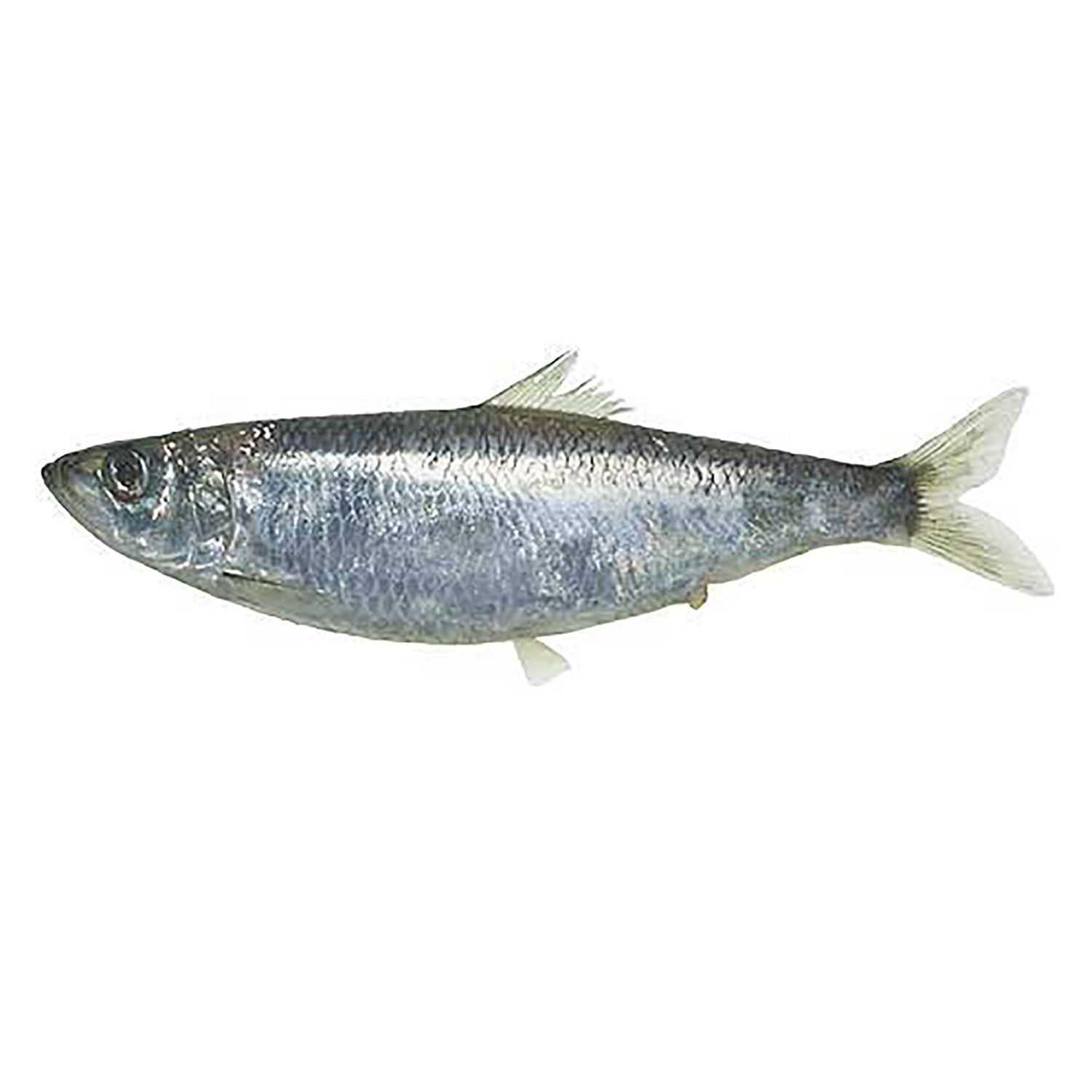Pacific Herring

Species Details
Clupea Pallasii
Clupeidae
Clupeiformes
Inlets, Sounds, Estuaries, Bays
1 - 2 lbs.
1" - 18"
Pacific Herring (Clupea pallasii) Description
Pacific Herrings are a species that stays near the Pacific coast (hence its name). Pacific Herrings have a blue-green back with silvery-white sides and underbellies. Their being partially white allows them excellent camouflage especially when the light reflects off them and makes them look as if they were part of the water. They have no scales on their heads and gills but the Pacific Herring’s scales are quite big. Pacific Herrings are also known for their deeply forked tail fin.
However, Pacific Herrings can be quite bony and oily which makes people quite avoidant of them. But they still have a tendency to be overfished because of their abundance of fish oil.
Pacific Herring Diet
Pacific Herring like zooplankton. As bottom dwellers, Pacific Herring is known to devour them via filter feeding. As Pacific Herring grow older, they eventually feast on crustaceans and mollusk larvae. Once they reach maturity, Pacific Herrings begin feeding on small fish and larger crustaceans.
Pacific Herring Size
Pacific Herring can grow up to almost a foot, reaching around 45 cm or 17 inches. However, this is highly dependent on where they stay. The average size of a Pacific Herring is usually 33 cm and weighing at an average of 0.6 lbs.
Interesting Facts about the Pacific Herring
- Pacific Herrings’ lifespans depend on where they live.
- A study done on them averaged their lifespan between 14-20 years.
- Their lifespan also appears to be affected by the temperature. The colder the area, the longer they live and mature.
- Pacific Herrings’ can either live near the surface or deep in the depths.
- Normally, only the young are the ones that stay near the surface.
- Their stay at the surface allows them to defend themselves by using the shade from some of the structures.
- Pacific Herrings defend themselves via countershading.
- Their blue-green backs and silver-white underbellies allow them to reflect the light, making it harder for anglers to detect them from above. Their white underbellies shield them from predators below.
- Anglers often harvest Pacific Herrings as bait or for their roe.
Pacific Herring – Fishing Techniques: How to Fish for a Pacific Herring
Usually, the best way to track a Pacific Herring or a school of them is to find a flock of birds. Because juvenile Pacific Herrings and eggs are constantly under attack, you’ll know that as long as there some seagulls there or sea lions, you’re sure to find some Pacific Herring there.
People usually say that there’s no need for bait. Just a herring jig will do. You can start attaching many small jigs but make sure you measure the weight right. After all, you’ll be sinking those jigs, and getting the wrong weight may cause you to lose your jigs to the depths.
Unlike other fishes where you reel it in once you catch it, in this case – you can use the caught Pacific Herring as bait for other Pacific Herrings. This is why some people also recommended using multiple jigs (around 5-6 being the average) to give you a better chance of catching them.
Next, time your fishing. Wait for their spawning season and you’ll know there’ll be a lot. They usually spawn by rocks, eelgrass, and some kelps where they’ll hide their eggs.
Pacific Herring Habitat and Distribution
The best place to catch a Pacific Herring is right at their spawning habitat. Usually, that kind of habitat has rocks and eelgrass along with some kelp. They also like staying in estuaries, beneath the docks and piers, or sometimes even lurk around boats.






